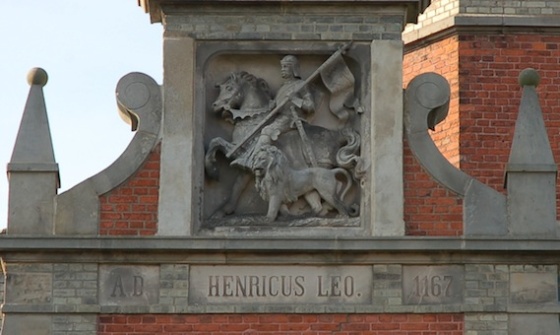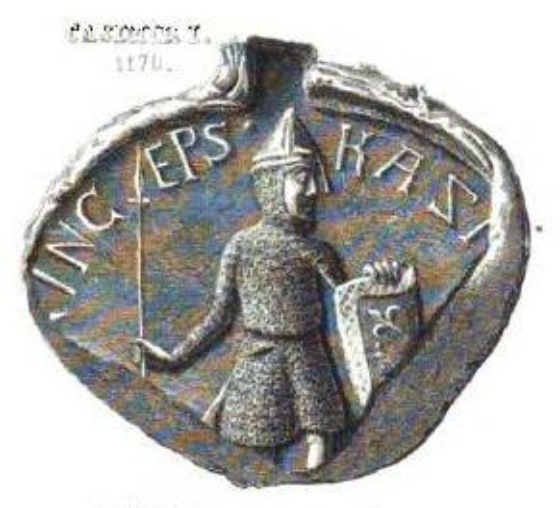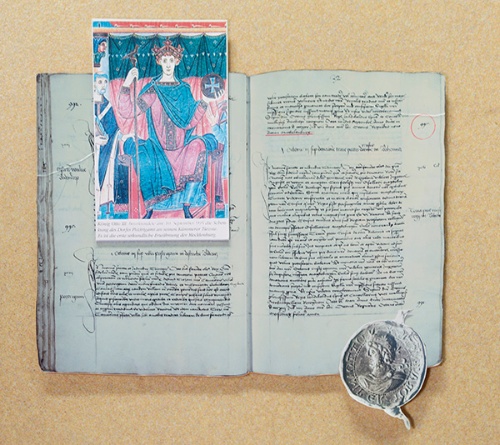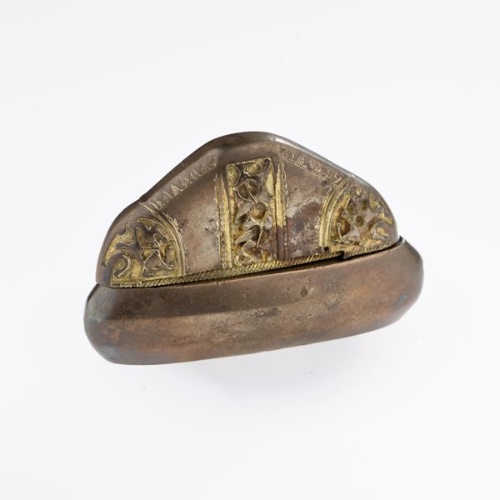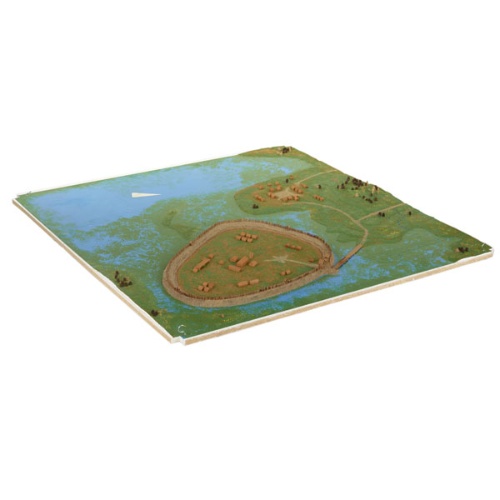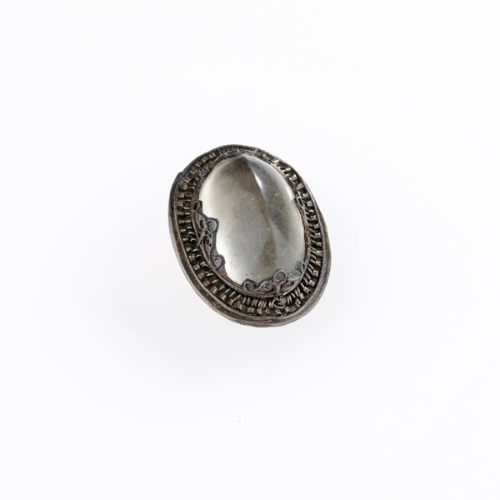In the 8th and 9th century the Slavs formed the tribal communities of the Obotrites in the west and the Wilzians (or Lutici) in the east. The centres were hill fort sites that covered the state in a mesh-like manner. Whereas the Lutici were annihilated in armed battles, the Obotrites created around 1100 an early feudal state from Ostholstein to the Oder with Mecklenburg as the main bastion. The Saxon Duke Henry the Lion (1129-1195) conquered the Obotrite kingdom from 1142 and founded the German counties of Ratzeburg and Dannenberg.
In 1154 the Emperor gave him the right to appoint bishops in the Slavic state. In 1164 he conquered a last contingent of Obotrites. He raised Schwerin to a diocesan town and formed the county of Schwerin. In 1167 Heinrich gave large parts of his father’s inheritance back to Pribislaw, the Slavic ruler, and thus stabilised power.
